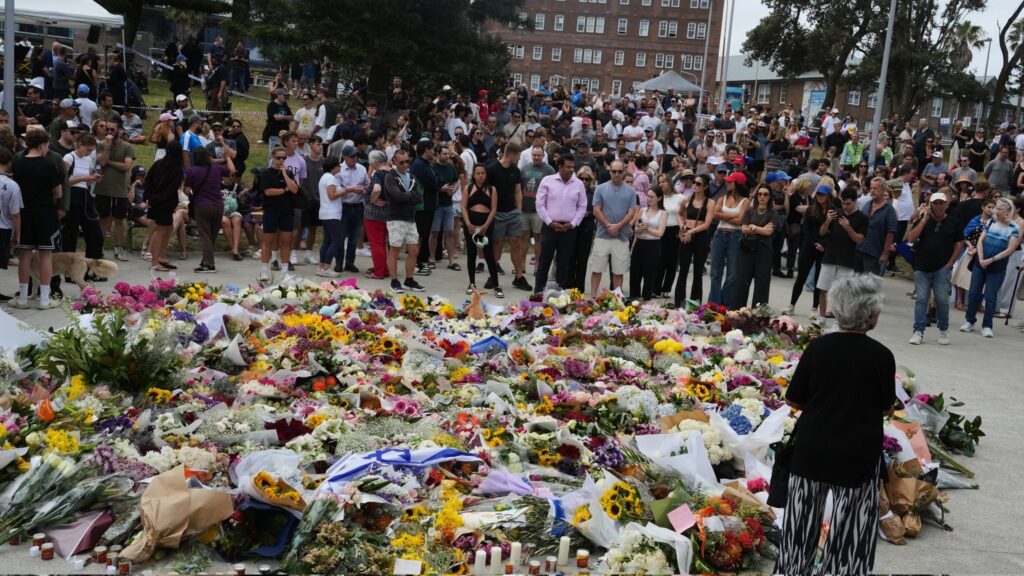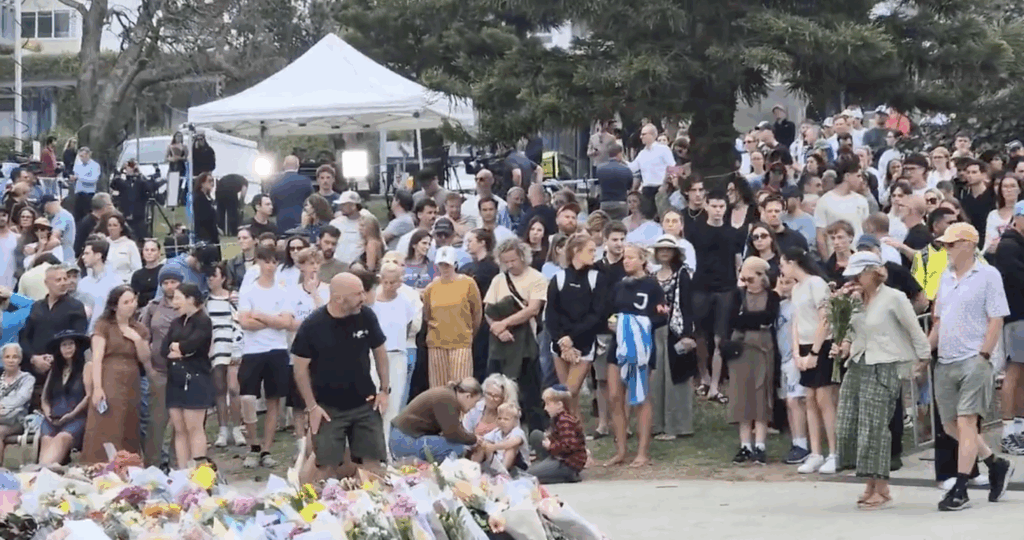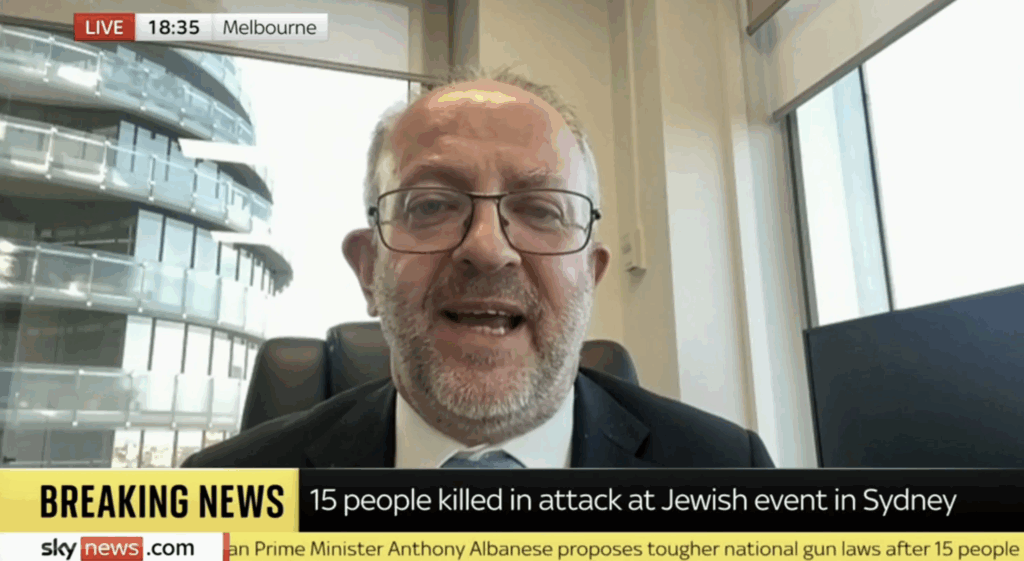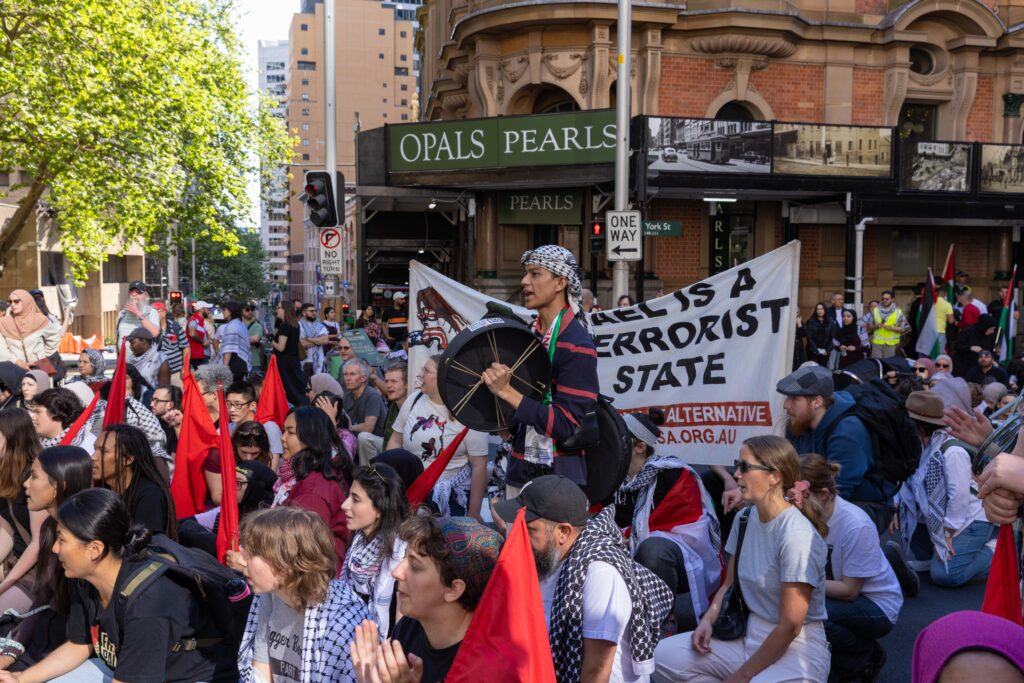Article 2
The Nuclear Deal Is Iran’s Legal Path to the Bomb
Iran sees it. It’s time the U.S. did too.
By RAY TAKEYH
Politico, September 22, 2017
President Donald Trump has sensibly insisted that the Iran nuclear deal—formally known as the Joint Comprehensive Plan of Action—has to be revised. The reaction in some quarters, mainly among many of the former Obama administration officials who negotiated this bad deal, has been horror. Unfortunately, the media have uncritically swallowed many of the false assumptions and naive arguments of the deal’s supporters, and the elite consensus is that the agreement must be preserved lest the White House bumble us into a crisis—or worse, another war in the Middle East.
Please. The accord is riddled with problematic provisions that essentially put Iran on a legal glide path to the bomb. The agreement’s various sunset clauses, its leaky inspection regime and Iran’s growing missile arsenal have all been subject of much discussion. Yet, one of the most dangerous aspects of the JCPOA that allows Iran to design and construct advanced centrifuges has largely escaped notice. Given the JCPOA’s permissive research and design provisions, Iran can effectively modernize its nuclear infrastructure while adhering to the agreement.
The Islamic Republic will most likely not build a bomb in one of its declared facilities, for such a move would expose it to immediate military retribution. More likely, Iran will sneak out by covertly enriching uranium at a hidden, undisclosed facility—after all, they’ve done it before. This option, however, requires the development of advanced centrifuges that can operate with efficiency at high velocity. A small cascade of the so-called IR-8 centrifuges can quickly enrich vast quantities of uranium to weapons-grade quality.
Because so few of these centrifuges would be required to complete the task, they can be housed in small facilities that may evade detection in a timely manner. Iran is a vast country, and should the clerical oligarchs choose to litter their territory with numerous such small installations, they can effectively conceal their activities from prying inspectors. All this becomes even more alarming as the restrictions on Iran’s nuclear program fade with time.

Dr Ali Akbar Salehi, head of Iran’s Atomic Energy Organization, helped negotiate the JCPOA in a way that left Iran free to deploy advanced centrifuges along the timeline it was planning on following in any case, Takeyh argues.
The key architect of the JCPOA was not Secretary of State John Kerry or his European counterparts but Supreme Leader Ali Khamenei’s most reliable bomb maker, the head of the Atomic Energy Organization, Ali Akbar Salehi, and his team of technicians and diplomats, for one simple reason: He knows more than we do about the program he has devoted his life to developing.
Salehi, a fluent English speaker with a Ph.D. in nuclear engineering from MIT, realized the folly of his predecessors. He understood that merely adding primitive IR-1 centrifuges to Iran’s stock might marginally expand its nuclear capacity, but could not be the foundation of a state-of-art atomic apparatus. For Iran to have a viable nuclear energy program and a sneak-out weapons option, it had to phase out the clunky IR-1s and replace them with more advanced IR-8s.
As Pezhman Rahimian, a technical member of the Iran negotiating team, stipulated in an interview in Khorasan newspaper on August 13, 2015: “The current manager of the organization [Salehi] believes that we should not have produced and installed this number of IR-1s since plans were made to replace these old centrifuges with new ones.” Thus, Iran had no problem disassembling many of its outdated centrifuges and giving the Westerners the illusion that it was circumscribing its nuclear activities.
At the height of negotiations in 2015, Iran’s leaders were grappling with the question of how long they would need to design and operate the new generation of centrifuges. Another member of Iran’s negotiating team, Hamid Baidinezhad, stressed in an interview with Iranian daily E’temad on August 23, 2015: “Finally, we came to the conclusion that the transition period that would take us to the industrial stage would start at the beginning of eight years. … After the completion of that transitional period, Iran’s nuclear program would witness an industrial leap and Iran would enter the state of complete industrial enrichment.”
And this was precisely the research and development plan Iran negotiated as part of the JCPOA: The agreement stipulates that “Iran will continue to conduct enrichment R & D [Research and Development] … including IR-4, IR-6 and IR-8 centrifuges.” An American negotiating team that was so concerned about stages of sanctions relief and inspections seemed to have conceded this point as part of the negotiating trade-offs.
Salehi has touted this achievement, declaring in an interview with Islamic Student News Agency on September 8, 2015, “According to the JCPOA, we have kept our nuclear program in accordance with our needs and requirements for [carrying out] research and development.” In a clever move, Salehi preserved Iran’s nuclear modernization efforts while trading away IR-1s that Iran would phase out even if the JCPOA had not come along.
Indeed, we’d do well to listen to what the Iranians themselves say about the nuclear deal. The Iranian government routinely celebrates its achievement at the negotiating table. And though the arcane details of the agreement are rarely discussed by Western leaders, President Hassan Rouhani has not shied away from delving into minute technical matters. The issue he often focuses on is Iran’s right to develop advance centrifuge models. In December 2016, Rouhani insisted in a speech cited by Islamic Republic News Agency: “Before, only IR-1 centrifuges were active, now we are operating IR-8 centrifuges, the most modern and advanced ones Iran has obtained.” Rouhani appreciates the hard bargaining of his diplomats and the tactics of his bomb maker, Salehi.

One estimate of how the Iranian enrichment capability will rise as the JCPOA expires, from the Bipartisan Policy Centre in Washington.
How did the U.S. allow this? The cascade of American concessions began in Obama’s second term. Free from seeking another election, Obama and Kerry, his new secretary of state, went abroad looking for a legacy project. During its first term, the administration had insisted that Iran was entitled to only a small nuclear program relying on primitive centrifuges. This was a face-saving gesture whereby Iranians would proclaim that they had mastered enrichment, but the international community would be confident that their small-scale program offered little proliferation threat.
In its second term, however, the administration conceded many of its own red lines as Iran was granted the right to eventually industrialize its program using the most advanced technologies. The Obamians may have justified such concessions to themselves by assuring one another that after the expiration of the sunset clauses, a different Iran would emerge, a moderate regime valuing international acceptability more than nuclear arms. In their conception, Iran would become another Japan. The Islamic Republic’s conduct since the advent of the JCPOA demonstrates the fallacy of such conceptions, as the regime continues to reject international norms, abuse its citizens and menace its neighbors. Not for the first-time they misunderstood the theocracy and how the hard men of Iran were imbued by an ideological animus toward the West that necessitated not just isolation but nuclear weapons.
Despite the howls of the Democratic Party Resistance, Trump is right that the Iran deal is “an embarrassment to the United States.” In fact, it’s the most deficient accord in the history of American arms control diplomacy. Many aspects of it require reconsideration, and none more essential than its research and development provisions. To realistically obstruct Iran’s path to nuclear arms, Washington must first deny it the technology most essential for production of such weapons. No renegotiation will be complete without first undoing Salehi’s ingenious achievement.
Ray Takeyh is Hasib J. Sabbagh senior fellow at the Council on Foreign Relations.
BACK TO TOP |











